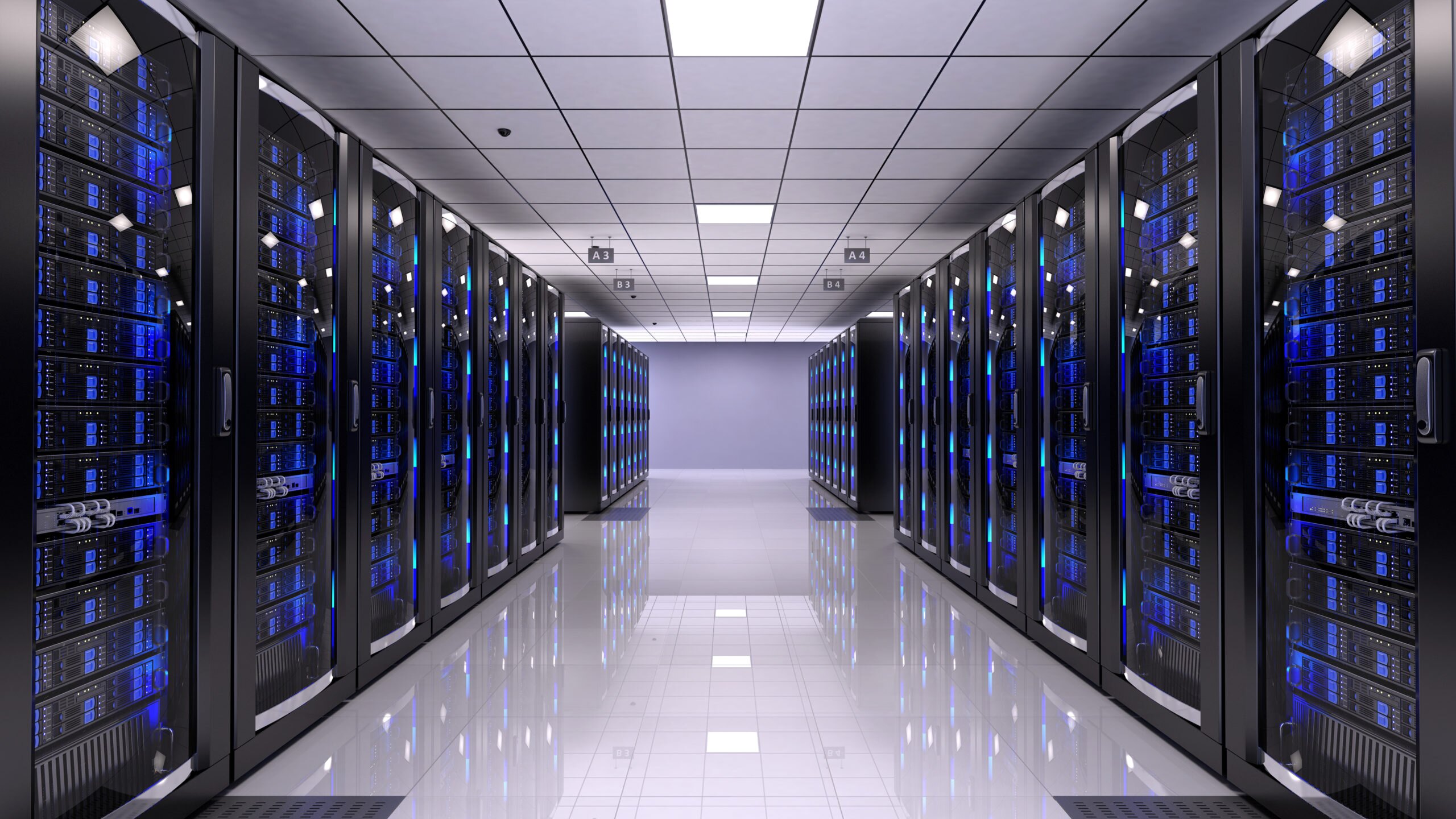A data center refers to the facility that centralizes an organization’s IT operations and equipment. The purpose is simply to effectively process, store, and disseminate various data and applications.
The data center services are crucial to an organization as they house critical assets for day-to-day work. There are various examples of data center services like managed power distribution, data backup and archiving, managed load balancing, etc.
With a range of data center storage solutions, some myths are bursting across the market for data centers. Do you know what these are? Let’s debunk these myths with proper clarification.
Data centers don’t need employees:
Some people believe that once a data center gets built, running it at its own capacity is good. There’s a lot of effort needed to design these machines, so it requires little or no human intervention.
But a team of specialists must ensure that data centers are running smoothly and nothing is wrong with them. Designated persons should be in charge of data center planning, data center maintenance, data center cooling, and data center energy management.
By employing skilled engineers at data centers, you can ensure 24/7 onsite security. With the help of continuous training, they can develop their expertise and deliver optimum support to their customers.
Edge computing refers to distributed computing frameworks that bring the applications of enterprises closer to each other.
Edge computing is beneficial in applications that require real-time processing, such as the Internet of Things (IoT), autonomous vehicles, and remote monitoring systems.
It also offers greater security and privacy, as data can be processed and analyzed locally rather than sent to a third-party cloud provider.
Data centers are just big sheds full of servers:
It’s a common myth, but the data center is not what it looks like at first glance. It is an advanced, engineered technology that meets the digital economy’s manifestation. A single data center provides crucial functions for tens, hundreds, or even thousands of customer organizations.
The IT hardware has an elaborate support system, so these machines have nondescript exterior houses. This is an array of state-of-the-art technologies, telecommunications networks, and sophisticated cooling like ventilation, power conditioning, etc.
The design and architecture of data centers are specialized. Each facility is bespoke and costs critical hundreds of millions of dollars to construct, and the sector supports a high-value and complex supply chain.
Artificial intelligence (AI) is a branch of computer science that focuses on the development of machines and algorithms that can perform tasks that typically require human intelligence, such as learning, problem-solving, decision-making, and natural language processing.
AI involves the creation of intelligent agents that can perceive their environment, reason about it, and take action to achieve specific goals.
AI has numerous applications across various industries, from healthcare and finance to manufacturing and transportation. For example, AI can diagnose diseases, detect fraud, optimize supply chain operations, and improve driver safety.
Data Center Power Use Increases Exponentially:
Data center services power use increases incrementally but not exponentially. The amount of data gets smoothly generated, processed, and transmitted. So, the overall data center energy use is not decreasing but is gradually increasing. This is because the rate of increase in demand for digital data is faster than savings.
It’s crucial to examine what data centers do. Consolidation of computing environments allows you to use IT functions far more efficiently and securely.
Its primary function is to improve productivity and efficiency. This also helps dematerialization and delivers superfast policies such as broadband, smart grid, etc.
Intelligent monitoring refers to a dynamic malware data center storage solution analysis method employing an agentless approach with monitoring capabilities. This approach achieves excellent monitoring capabilities without hooks and offers businesses complete resolution-scalability flexibility.
This intelligent monitoring system allows zooming out on different levels within a system known as intermodular transition monitoring. You can achieve more than your expectations by focusing on these direct interactions and segregating custom codes.
Data centers can be built anywhere:
NO! Data centers can’t be built anywhere. They need “Position, Power, and Ping,” although the priority order varies depending on the business model. Positions may include access to the skills and infrastructure of other organizations in a business ecosystem. These rules are flexible for organizations whose data centers support their IT corporate infrastructure.
These centers successfully operate off-grid through the alternative generation, and the model constantly changes. Conversely, edge data centers can disrupt this model altogether as they’re highly distributed and more likely to be relatively autonomous.
Bottom Line:
Choosing the right data center services storage solutions for your business is a decision you should take seriously. However, it should be carefully researched across different industrial environments.
Read More: 13 Intel Server Benefits for Data-Intensive Applications

